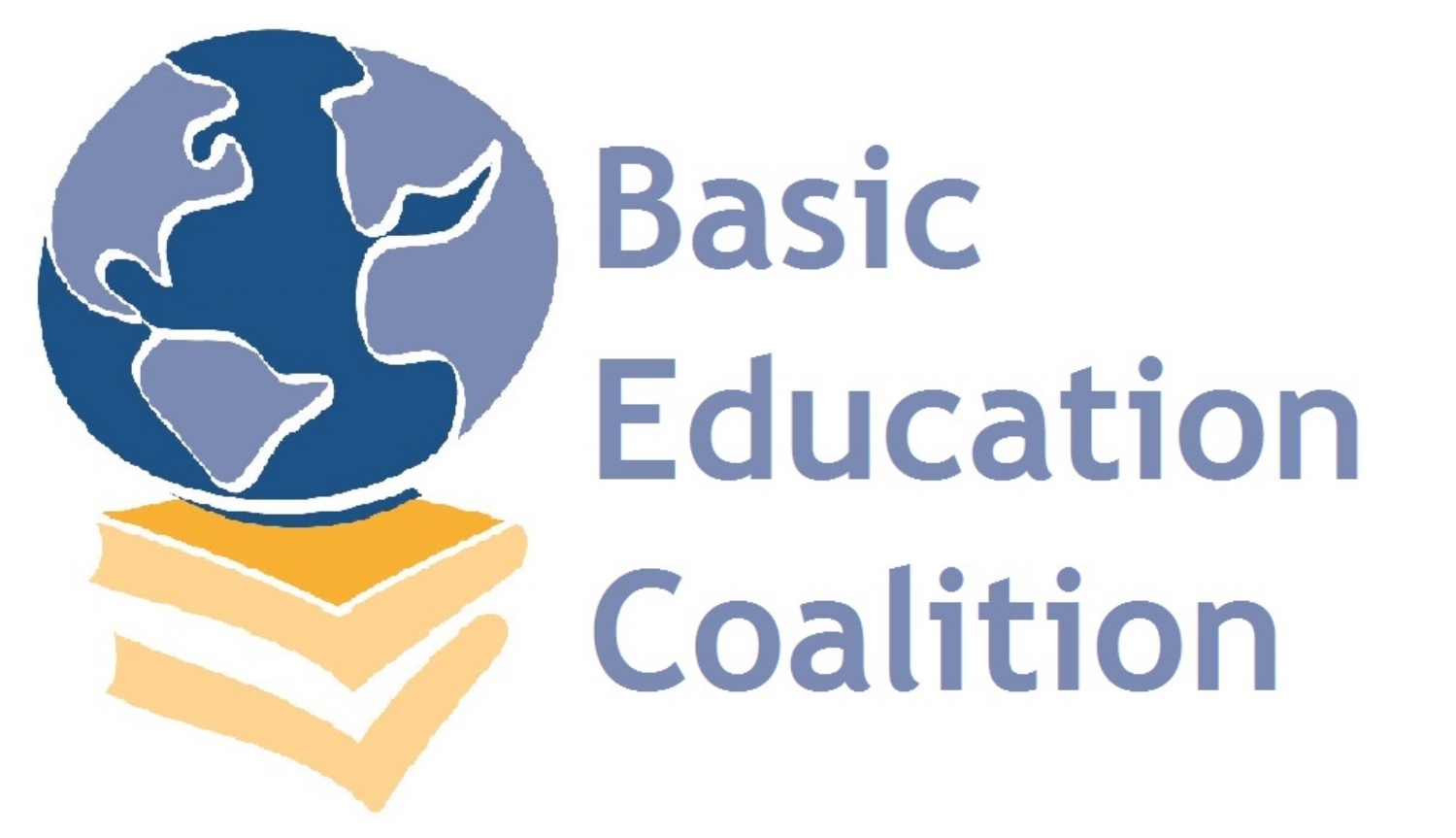House and Senate appropriators came to an agreement on a fiscal year 2017 omnibus spending bill to fund the government until the end of the fiscal year, September 30th. The legislation consists of the 11 unfinished appropriation bills for FY17, including State and Foreign Ops, and provides new guidance on how funds should be spent.
Overall Funding
The 2017 omnibus provides for a total $1.070 trillion for FY17 including:
* $551 billion in base defense spending
* $518.5 billion in base non-defense spending
* $62.1 billion in Overseas Contingency Operations defense spending
* $16.5 billion in Overseas Contingency Operations non-defense spending
Additionally, the bill provides funds to Puerto Rico to alleviate an emergency budget shortfall, $202 million towards the McGovern-Dole program, a $15 billion boost to supplemental defense spending, extension of health insurance benefits for retired mine workers and $1.1 billion in disaster assistance funding.
A number of the President’s requests, including funding for the border wall, an $18 billion cut to non-defense spending and codifying the global gag rule, were not included in the bill.
State and Foreign Operations Funding
The FY17 omnibus provides $53.07 billion in discretionary funding for the State Department, USAID and other related programs, including approx. $1 billion towards famine relief.
Key funding includes maintained FY16 levels for basic education programs($800 million, with $75 million allocated for multilateral programs)
* $2.99 billion for development assistance, a $214.5 million increase over the FY16 level
* $905 million for MCC
* $3.1 billion for assistance for refugees
Without the additional funding for famine relief, the bill is approx $594 million less than FY16. To reduce spending, appropriators:
* Capped funding for US peacekeeping assessments at 25%
* Did not contribute to the Green Climate Fund
* Underfunded US contributions to the World Bank
Bill Text and Summaries
You can find the text of HR 244 (the FY17 Omnibus) here. Ranking Member Nita Lowey (D-NY)’s summary on the bill can be found here. State and Foreign Operations begins on page 1114 and ends on 1463. You can find the official explanatory statement from the House of Representatives for State and Foreign Operations here.



